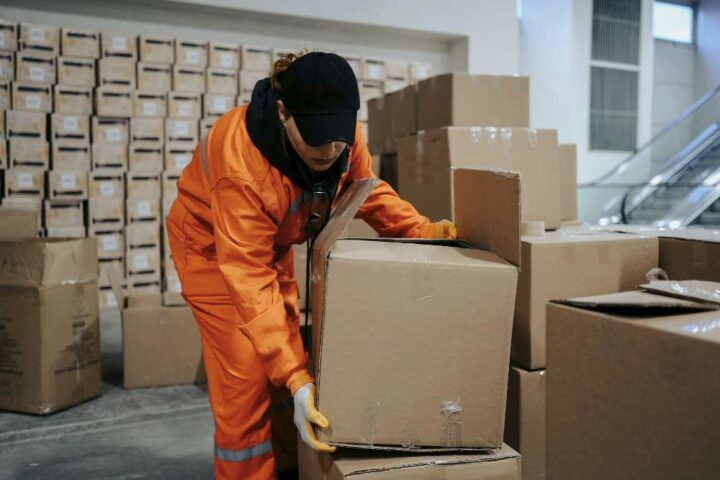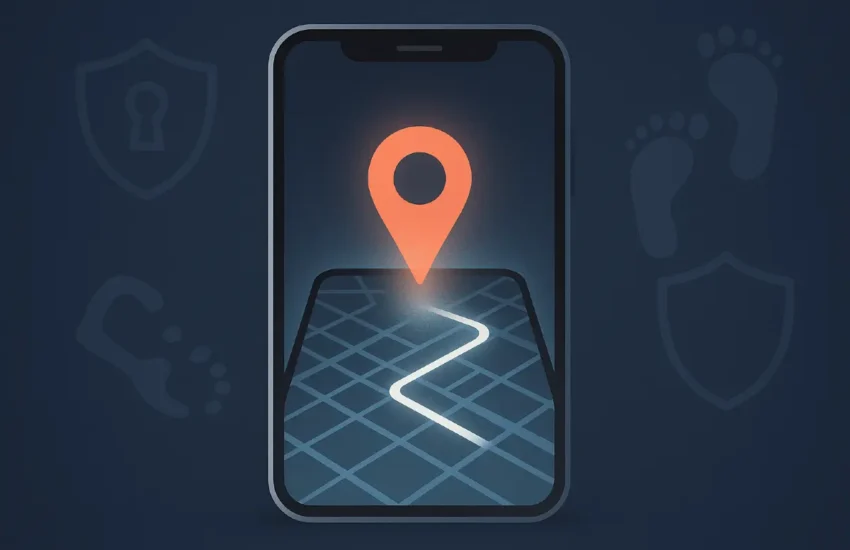Technological Solutions to Tackle Parcel Problems in Big Business
Managing the influx of parcels in large offices has become a significant challenge. With the rise of e-commerce and the increasing reliance on courier services for both personal and business deliveries, big businesses are facing mounting logistical issues related to receiving, storing, and distributing parcels efficiently.
Fortunately, technological solutions have emerged to tackle these parcel problems, streamlining the process and ensuring that businesses can manage their deliveries effectively and securely. This essay explores some of the most promising technological solutions designed to address the challenges of parcel management in large offices.

1. Smart Locker Systems
One of the most effective technological solutions for managing parcels in large offices is the implementation of smart lockers in office spaces. These automated lockers provide a secure, convenient, and contactless way to receive and distribute parcels. When a parcel arrives, it is placed in a designated locker, and the recipient is notified via email or SMS with a unique access code to retrieve their package.
Smart lockers are particularly beneficial in large office environments where multiple parcels are delivered daily. They eliminate the need for a dedicated mailroom staff to handle and distribute parcels, reduce the risk of lost or stolen items, and provide employees with the flexibility to pick up their packages at their convenience.
Additionally, smart lockers can be configured to accommodate a range of parcel sizes, making them a versatile solution for different types of deliveries.
2. Centralized Parcel Management Software
Centralized parcel management software is another key technological solution that can significantly improve how large offices handle incoming deliveries. This software acts as a digital hub for all parcel-related activities, allowing businesses to track, manage, and organize parcels from a single platform.
With centralized parcel management software, office administrators can log and monitor every package that enters the building, ensuring that nothing gets lost or misplaced. Employees can be automatically notified when their packages arrive, and the system can generate reports on delivery patterns, helping businesses optimize their mailroom operations.
Additionally, some advanced systems offer features such as photo documentation of parcels upon arrival, further enhancing security and accountability.
3. Automated Delivery Robots
As automation continues to advance, some large offices are exploring the use of automated delivery robots to handle parcel distribution within the building. These robots can navigate the office environment autonomously, delivering parcels directly to employees’ desks or designated pick-up points.
Automated delivery robots are particularly useful in sprawling office complexes where manual parcel distribution would be time-consuming and labor-intensive.
These robots can operate around the clock, ensuring that parcels are delivered promptly and efficiently, even during off-hours. While the technology is still in its early stages, it holds great promise for revolutionizing parcel management in large office settings.
4. QR Code-Based Parcel Tracking
QR code-based parcel tracking systems are also gaining popularity in large offices as a simple yet effective way to manage incoming deliveries. Upon arrival, each parcel is assigned a unique QR code, scanned, and logged into the office’s parcel management system.
Employees receive a notification with a link to the tracking information, allowing them to monitor the status of their delivery in real-time. This system enhances transparency and reduces the likelihood of parcels being misplaced, as every movement of the package within the office is tracked and recorded.
5. Integration with Building Access Systems
Integrating parcel management with building access systems offers an additional layer of security and efficiency. When a parcel arrives, the delivery is logged into the building’s access control system, and only authorized personnel can retrieve it. This integration ensures that parcels are securely stored until picked up and that there is a clear record of who accessed the parcel and when.
This integration is particularly valuable for high-security environments or offices handling sensitive materials, as it adds an extra level of control over the flow of packages within the building.
Conclusion
As the volume of parcels delivered to large offices continues to grow, businesses must adopt technological solutions to manage these deliveries effectively.
Smart lockers, centralized parcel management software, automated delivery robots, QR code tracking, and integration with access control systems are just some of the innovations that can help tackle the challenges associated with receiving parcels in big businesses.
By leveraging these technologies, companies can enhance security, improve efficiency, and provide a better experience for their employees, ensuring that parcel management becomes a seamless part of their operations.


